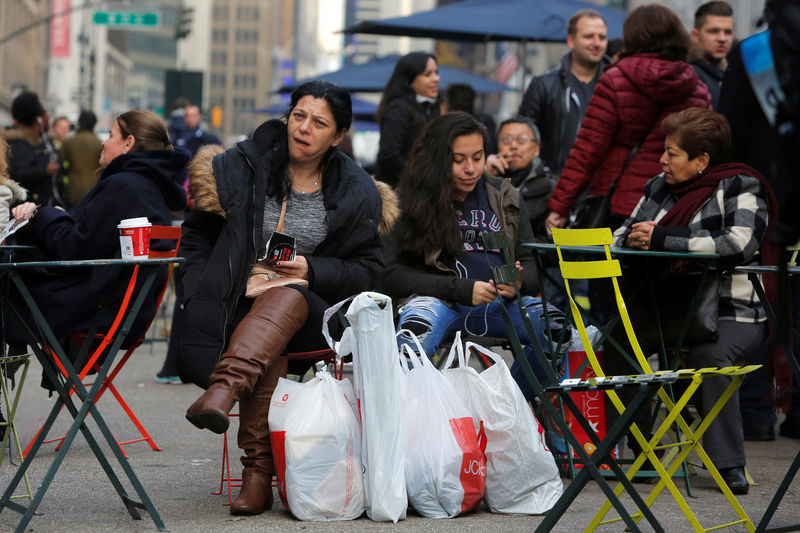WASHINGTON (Reuters) - The financial health of U.S. adults is wide ranging, with those possessing higher levels of education and larger savings enjoying greater security and freedom, according the first-ever government survey of financial well-being, released on Tuesday.
With the U.S. poverty rate near pre-recession levels and median income at an historic high, the improving economy is helping many Americans make ends meet.
Nonetheless, the Consumer Financial Protection Bureau, charged with guarding individuals' finances, found more than 40 percent of U.S. adults struggle to pay bills. It also found 34 percent have experienced material hardships in the last year such as running out of food or not having enough money for medical treatment.
"A large percentage of people are financially fragile," the report said. "Overall, we find that the financial well-being of U.S. adults varies widely."
The agency surveyed a representative sample of people on how well they can fully meet their financial obligations, secure their financial futures and make choices that allow them to enjoy their lives.
Within the group that achieved the average well-being score, approximately 20 percent of people still sometimes have difficulty paying for basic needs such as food, it said.
There is no one factor responsible for better financial well-being, according to the survey. But education provides the biggest boost, followed by age, with older Americans enjoying greater security. Good physical health also helps.
Gender did not appear to be a factor, the CFPB said, but race plays a minor role, with white non-Hispanic adults having slightly better financial health than those in other racial and ethnic groups.
Concerns about growing income inequality bubbled up across the country after the 2007-09 economic recession and was a leading campaign issue in the 2016 presidential election.
The CFPB, however, said income alone "does not fully capture all of the underlying elements of financial well-being." The survey showed it is also important to consider liquid savings.
Some consumers with lower incomes had healthier personal balance sheets than those with higher incomes. But at all income levels, those with the largest financial cushions were in the best shape, as they were able to cover unexpected expenses and felt secure.
In the same vein, the survey found those receiving Social Security retirement payments and employer-sponsored health and retirement benefits enjoy greater financial well-being.
